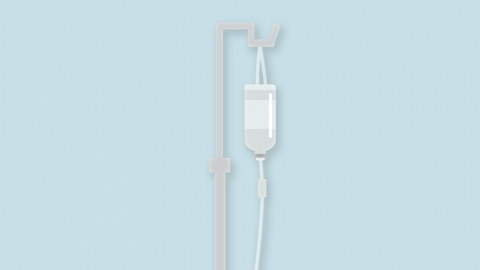How to Properly Manage Dehydration in Patients with Heat Stroke
For patients with heatstroke, addressing dehydration generally involves intravenous fluid replacement to replenish water, administration of electrolyte-containing fluids, controlling the rehydration rate, adjusting approaches based on the patient's consciousness status, and integrating cooling measures simultaneously. If abnormalities occur, prompt medical attention is recommended. Detailed explanations are as follows:

1. Intravenous fluid hydration: For patients with severe dehydration or those unable to take fluids orally, intravenous administration of normal saline, glucose solutions, and other fluids is necessary to rapidly replace lost fluids, maintain circulatory stability, and prevent worsening dehydration.
2. Replenishing electrolyte-containing fluids: Dehydration often involves the loss of electrolytes such as sodium and potassium. Oral rehydration salts or electrolyte-containing beverages may be administered to balance the body's electrolyte levels and prevent imbalances that may result from water replacement alone.
3. Controlling the rehydration rate: Rehydration should be conducted gradually to avoid excessive intake within a short period, which may increase the burden on the heart and cause gastrointestinal discomfort, particularly in elderly patients or those with underlying heart conditions.
4. Adjusting methods based on consciousness status: Patients who are conscious and able to swallow independently may receive small, frequent oral fluid intake. For patients with altered consciousness or vomiting, oral hydration should be paused in favor of intravenous rehydration to prevent coughing or aspiration.
5. Integrating cooling measures: Dehydration and hyperthermia often interact. While managing dehydration, simultaneous cooling measures such as wiping the body with wet towels or using fans should be implemented to lower body temperature and reduce further fluid loss.
When managing dehydration in heatstroke patients, priority should be given to ensuring airway patency. The degree of dehydration and the patient's consciousness status should be rapidly assessed, medical personnel contacted promptly, and blind self-administration of fluids avoided. Professional guidance should be followed throughout the process to ensure appropriate fluid replacement aligns with the patient's condition, facilitating recovery.









